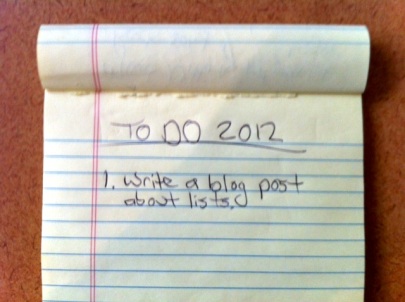Retail stores have had to deal with an increasing threat to their sales as smartphone ownership has crossed 50% and more consumers are using stores as a “showroom” before buying goods online. This especially became a problem for retailer Target when Amazon offered a 5% discount to anyone who used their Price Check app to scan a bar code of an item in a store and then bought it from the website. As a result, Target dropped Kindle from shelves saying, “What we aren’t willing to do is let online-only retailers use our brick-and-mortar stores as a showroom for their products and undercut our prices.” Not too long after Walmart followed suit by dropping Kindles from their stores.
How big is this problem? A recent survey says 50% of respondents with smartphones research prices while in store, 1 in 3 who research prices leave and buy from a competitor, and 96% plan to “showroom” in the future.
So what can retailers do? An article in Forbes suggests three strategies:
1. Begin a strategic conversation between brands and retailers. Through dual distribution or multichannel marketing they often end up competing against each other. Big retailers such as Best Buy need to develop exclusives to keep customers coming and buying. Tom Van Riper from Forbes said this is how Barnes & Noble kept Amazon from closing their business by developing the Nook.
2. Embrace customization as a key area of strategic growth. Large shoe brands such as Reebok and Nike are seeing revenue numbers in the $100 million range with their custom shoe programs.
3. Focus on the customer experience. Forrester research says 35% of shoppers want to purchase custom products to stand out from their peers. But also consider custom buying experiences for long term loyalty and engagement.
Mashable suggests innovation as another way to battle showrooming and talks about a store in Australia which started charging consumers $5 just to walk into the store. Before you start a retail cover charge also consider new digital marketing services that engage shoppers to entice them to stores. For example, Target has announced plans to price-match online competitors, such as Amazon. And Brian Gillespie, principal at a service design firm, suggests encouraging “webrooming” (the opposite of showrooming) where shoppers search for products they want online, and then head into the store to make a purchase.
Gillespie makes a good point. It comes down to retailers creating an in-store experience exceptional enough to keep consumers purchasing in-store. The kind of customer service Nordstrom offers and enhanced with digital environments. But will that kind of service draw a crowd for toilet paper at Target the same way it does for Eau de toilette at Nordstrom?

